💡 Stop Guessing, Start Growing: The 30-Day Framework Every Founder Needs
Learn how short, focused experiments turn early traction into sustainable SaaS growth
“Every great company you admire today once started with one small test that worked.”
There is a moment I see in every founder’s journey. The product is live, the idea is validated, and the first handful of users are giving positive feedback, but growth has stalled. The excitement of launch has faded, and suddenly every dashboard looks flat.
When I sit down with founders at this stage, I always ask the same question:
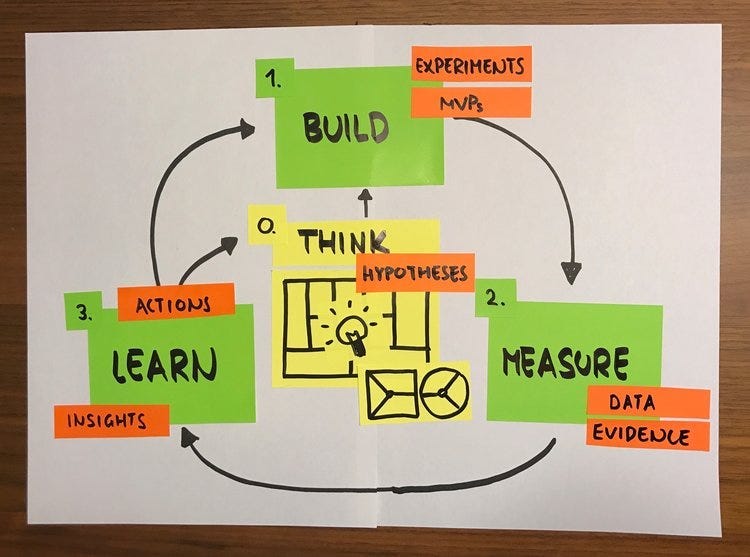
“When was the last time you ran a true experiment — one designed to learn, not to prove yourself right?”
Most pause, because it has been a while.
The truth is, many founders confuse motion with progress. They are busy with new features, investor updates, and customer calls, but they are not learning fast enough. They are building, but not testing.
That is where the 30 Day Growth Experiment Playbook comes in.
This is not a fancy framework or a growth hack. It is a system for creating momentum through learning. A repeatable way to test, adapt, and grow — even when you do not have a full growth team or a large budget.
And it works.
Brought to you by Solid — Production-Ready AI Apps Without Lock-In
💥 The Problem
Most AI builders hand teams a toy: a front-end shell and a prebuilt, limited backend that cannot be migrated (e.g., Base44), or a basic Supabase setup (e.g., Lovable). These are fine for demos, but when teams try to build something durable, they hit a wall.
🛠️ The Solid Approach
Solid avoids constrained backends and “toy” stacks. It delivers software the way an experienced engineer would: the only limit is what can be built with code.
Production-ready stack: React, Node.js, Postgres, and clean, extensible code that can be hosted anywhere.
Complete ownership & control: the customer owns 100% of the application and can deploy it to any environment.
Open, no lock-in: connect to any service, use any AI tool, and scale on the team’s terms.
🎯 Who It’s For
Builders who want to move fast and ship real tools
Startup teams launching products, MVPs, or internal systems
Mid-Market & Enterprise teams creating software that lasts
⚙️ Key Features
✅ Full-stack: React + Node.js + Postgres
✅ No Supabase or vendor lock-in
✅ One-shot prompts to scaffold apps in seconds
✅ Real, scalable code that teams can extend and ship
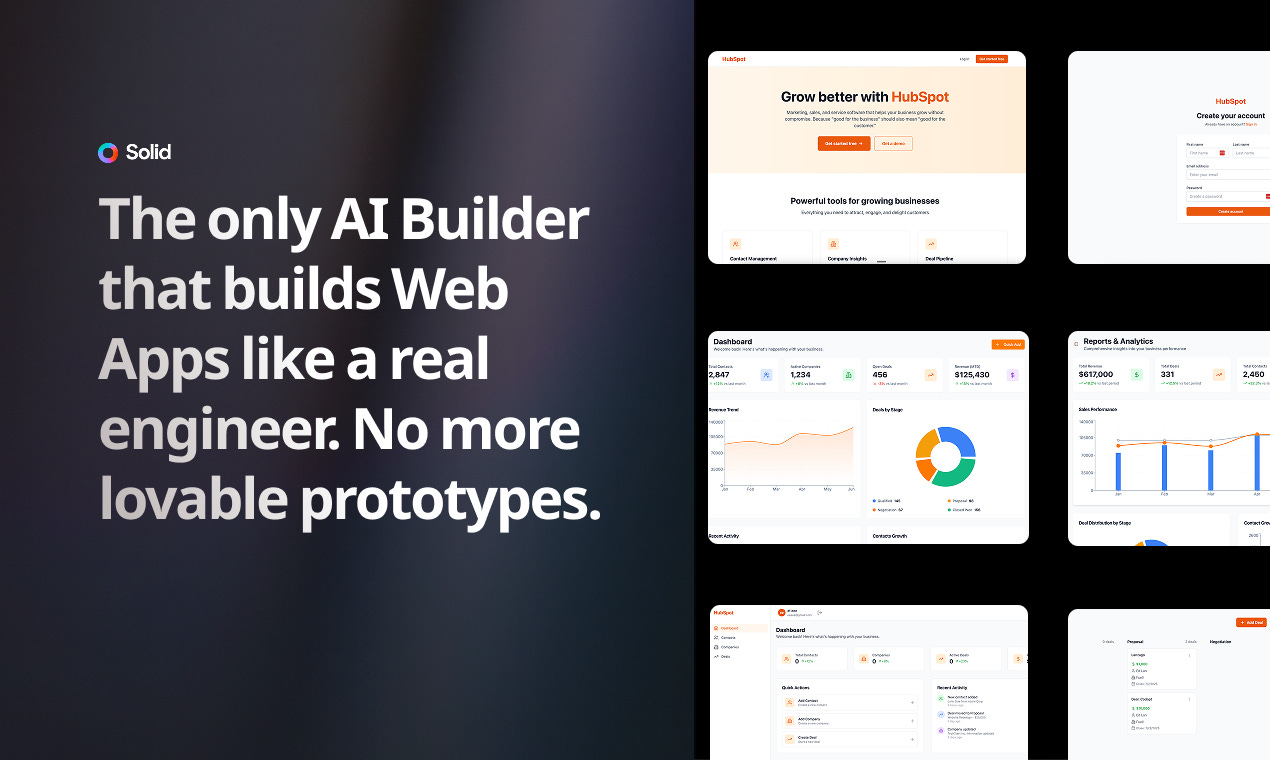
📚 Table of Contents
Why 30 Day Experiments Matter
The Growth Experimentation Framework
The Three Levers: Activation, Virality, and Onboarding
How to Prioritise and Staff Your Experiments
What a 30 Day Cycle Really Looks Like
From Data to Decisions: How to Learn Faster
Founders OS: Building Experimentation into Your Rhythm
Case Study: The Onboarding Fix That Changed Everything
Founders Wisdom: How VCs Make Decisions
Closing Thoughts: Building a Culture of Fast Learning
Why 30 Day Experiments Matter
If you are building a SaaS company, time is both your enemy and your advantage. Big incumbents have more data and more money, but you have speed. You can make decisions today that they will still be debating next quarter.
The problem is that most startups do not use that speed. They wait. They debate. They aim for the big move that will change everything.
But growth does not come from one big move. It comes from a series of small, tightly run experiments that build learning on top of learning until something clicks.
Thirty days is the sweet spot. Long enough to see results, short enough to stay sharp.
You commit to one hypothesis, you test it ruthlessly, you make a decision, then you move on.
Speed of learning compounds faster than any funding round.
This discipline — learning faster than your competitors — is how real growth engines are built.
The Growth Experimentation Framework
Let us make this practical.
Every 30 day experiment follows a simple rhythm:
Define → Design → Run → Learn → Decide
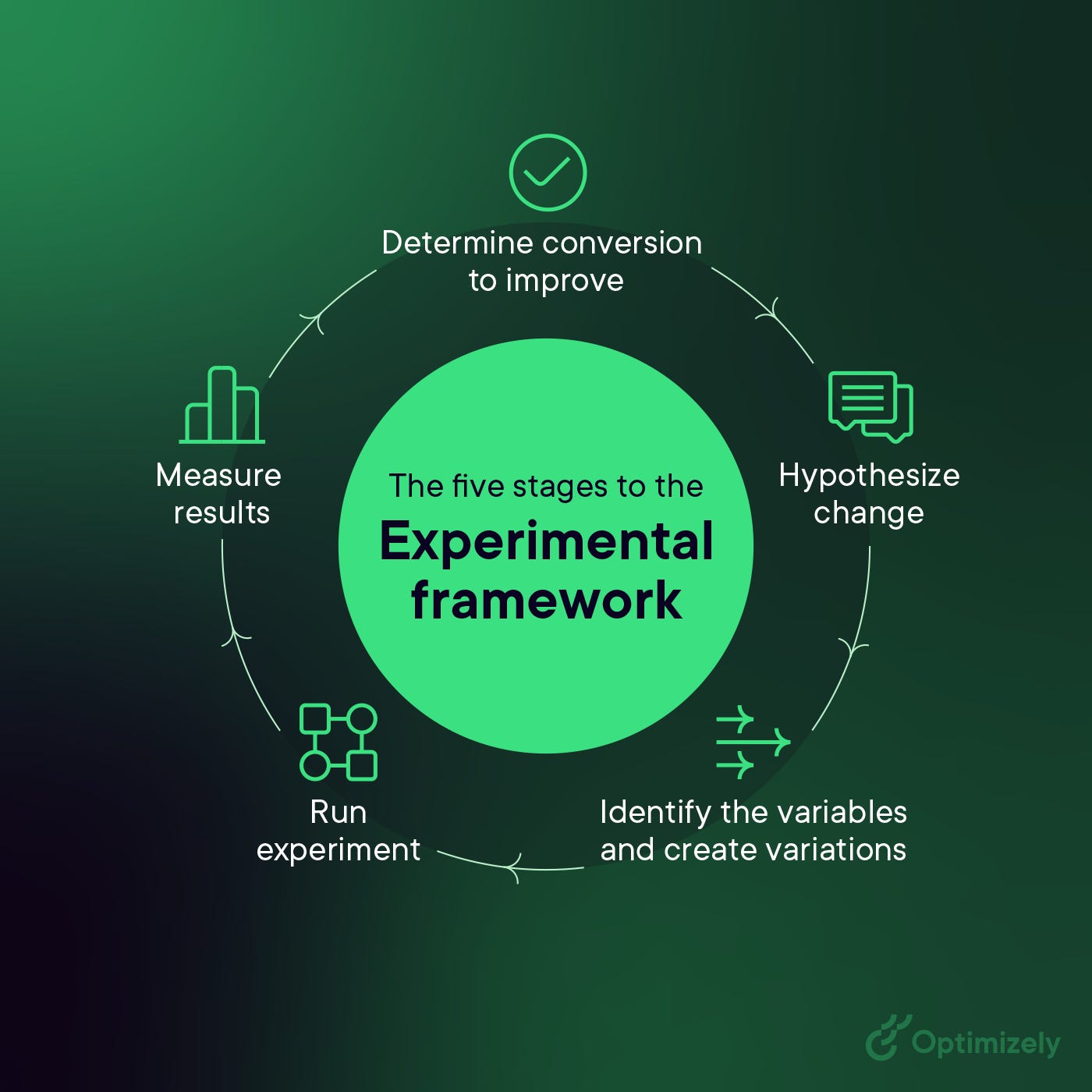
You begin with a hypothesis, something clear enough to test.
“If we show users a setup progress bar, more of them will reach the aha moment.”
Then you define success and failure. What metric will move, and by how much?
Next, you design the experiment. Decide who is included, what is being tested, and how long it will run.
You launch and monitor, collecting both quantitative data and qualitative feedback.
Finally, you analyse and make the decision: scale it, adjust it, or stop it.
Most founders mess this up by skipping steps. They design without defining, or they measure without deciding. The framework forces discipline.
It is not about perfection. It is about clarity — knowing why you are doing something, what you expect, and how you will know if it worked.
The Three Levers: Activation, Virality, and Onboarding
If you are wondering where to start, focus on these three levers. They are the heartbeat of SaaS growth.
Activation
This is where the user first experiences value — the “aha” moment.
When activation improves, everything else gets easier.
Ask yourself: what is blocking that moment?
Simplify the first task. Clarify the copy. Trigger helpful nudges when users stall.
Virality
Virality is not about gimmicks or referral codes. It is about users naturally pulling others into the experience.
Ask: what makes someone want to share this?
Maybe it is a sense of achievement, collaboration, or simply pride in progress.
Test the incentive and the timing. When people are happiest with your product, they are most likely to share it.
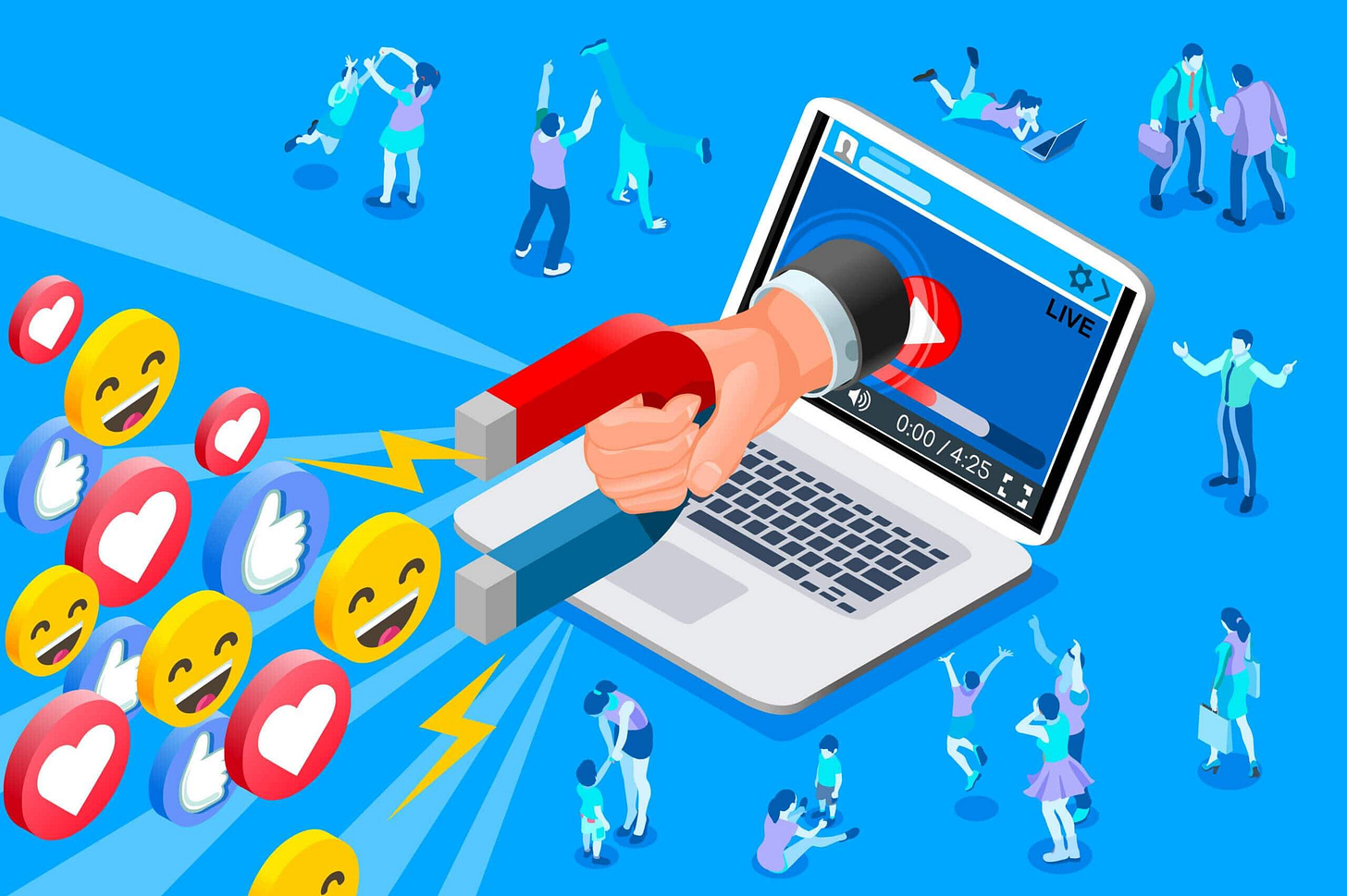
Onboarding
Onboarding is not just a process. It is your first conversation with the customer. If it is confusing or overwhelming, the conversation ends there.
Experiment with shorter steps, tailored messaging, or one personal touch from your team.
The first impression decides the rest of the funnel.
Pick one lever each month. Go deep. Fix it properly.
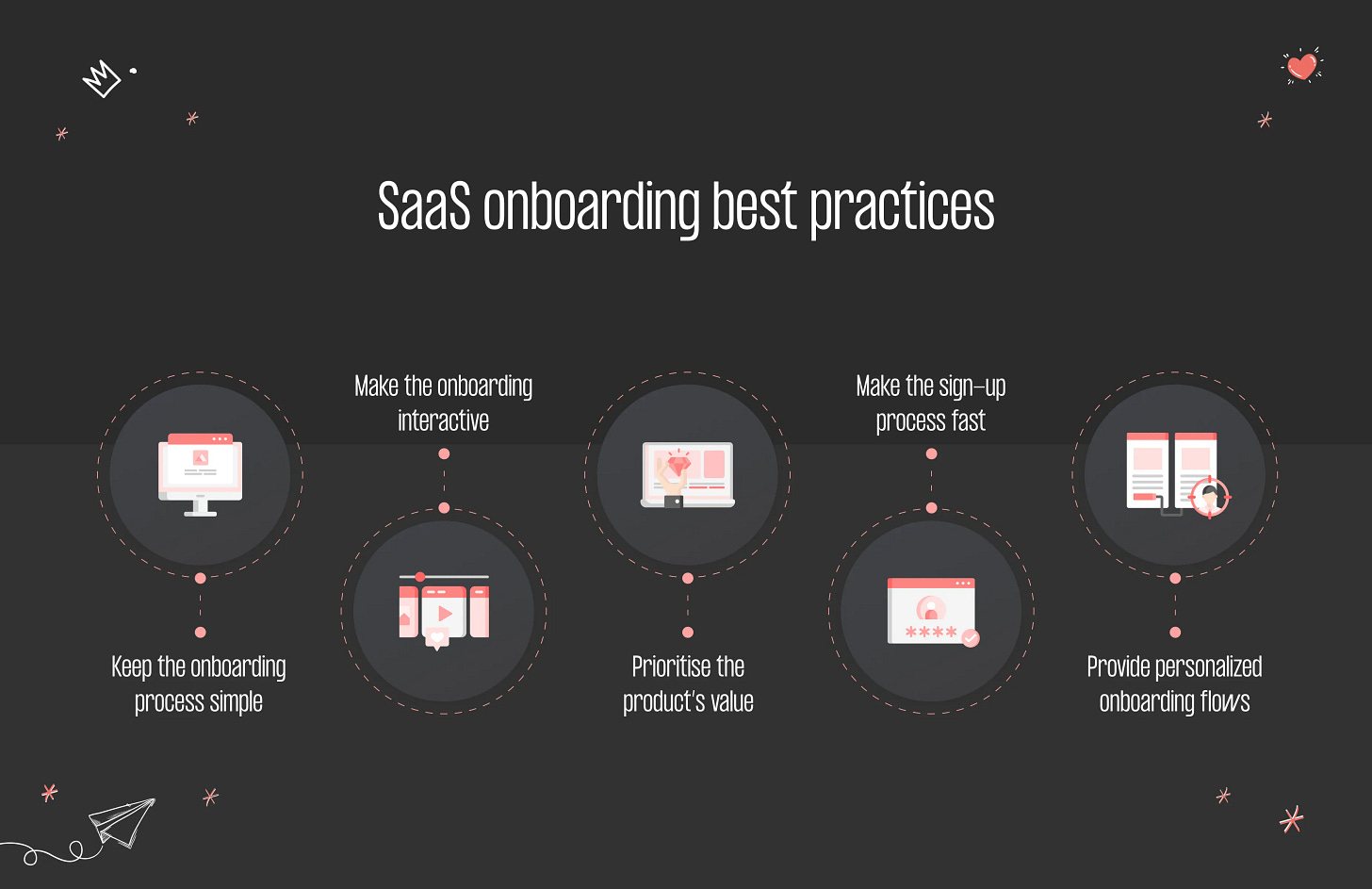
How to Prioritise and Staff Your Experiments
In most early stage teams, everyone has ideas but no one owns the experiment. That is why they stall.
Every test needs a single owner — one person accountable for design, execution, and decision.
This could be you, a product manager, or a marketer. What matters is clarity.
When deciding what to test first, use a simple lens: Impact, Confidence, Effort.
If something looks high impact, high confidence, and low effort, it is your first move.
This keeps you from chasing shiny ideas and focuses your limited resources on what matters most.
And here is the secret: success is not about running more experiments. It is about running better ones, with tighter scope and faster decisions.
What a 30 Day Cycle Really Looks Like
Here is what a disciplined month in the life of a SaaS experiment actually feels like:
Days 1 to 3: Finalise your hypothesis and success metrics. Keep it specific.
Days 4 to 7: Build and launch a small scale test. Do not over engineer it.
Days 8 to 25: Observe, collect data, and talk to users. This is where insights hide.
Days 26 to 30: Review, reflect, decide. Then share what you learned.
The biggest mistake I see is founders refusing to decide. They want just a bit more data. But speed is the point.
Good experiments create closure — and closure creates momentum.
From Data to Decisions: How to Learn Faster
The best founders treat every experiment as a conversation with the market.
When something works, they ask why. When something fails, they ask why not.
Data gives you signals, but insight comes from pattern recognition.
You will start noticing the same friction points across experiments. That is your learning curve.
Keep a growth journal. Document each experiment, result, and what you will try next.
After three or four cycles, you will start to see cause and effect more clearly than any analytics dashboard ever could.
This is how intuition becomes evidence.
💡Founders OS: Building Experimentation into Your Rhythm
Growth only compounds if you make it part of your operating system.
That means scheduling it, not hoping for it. Create a standing weekly slot to review experiments and a monthly meeting to decide what to start next. Share learnings openly across your team.
Once you have embedded experimentation into your rhythm, it stops being a growth project. It becomes the way you build.
Experimentation is not a department. It is a discipline.
Case Study: The Onboarding Fix That Changed Everything
A SaaS team I worked with had an onboarding funnel that looked fine on paper. But under the surface, forty percent of new users dropped out before completing setup.
Their hypothesis was simple: new users did not know where to start.
They added one screen at the start asking users to select their primary goal. Suddenly, the experience felt personal and guided.
After thirty days, onboarding completion jumped from forty to fifty two percent.
That single change unlocked a higher activation rate, more retained users, and eventually better word of mouth.
That is the compounding effect of small, deliberate experiments.
🧠Founder Wisdom: How VCs Make Decisions
One BrainDump from Chris that I often return to is How VCs Make Decisions — a visual breakdown of how investors assess startups across multiple dimensions.
What is powerful about this framework is that it forces founders to think across several axes of assessment — traction, team, defensibility, market, timing, and capital efficiency.
If your growth experiments only focus on one metric (for example, activation rate) but ignore the others, you risk over-optimising in one direction while weakening the rest of your business.
In your 30 Day Playbook, treat each experiment as a way to reveal how you move across those dimensions. Not just “did activation improve?” but “did this also influence retention, unit economics, or perception of defensibility?”
Over time, patterns emerge — and those patterns become your competitive advantage.
Closing Thoughts: Building a Culture of Fast Learning
Founders often talk about having a growth mindset. But the real version of that is not a slogan — it is a system.
The 30 Day Growth Experiment Playbook is not about hacks or tricks. It is about rewiring your company to learn faster than anyone else.
If you run one experiment a month, you will have twelve by the end of the year. Even if only three succeed, those three will reshape your business, and the nine that failed will have sharpened your understanding of what actually matters.
Real traction does not come from guessing. It comes from learning faster than everyone else.
So here is my challenge: pick one lever — activation, virality, or onboarding — and design your first 30 Day Experiment this week. Then send me what you learn. I read every reply.
Until next time, test boldly, learn fast, and keep moving forward.
Want the full BrainDumps collection?
I’ve compiled all 70+ LinkedIn BrainDumps into The Big Book of BrainDumps. It’s the complete playbook for founders who want repeatable, actionable growth frameworks. Check it out here.


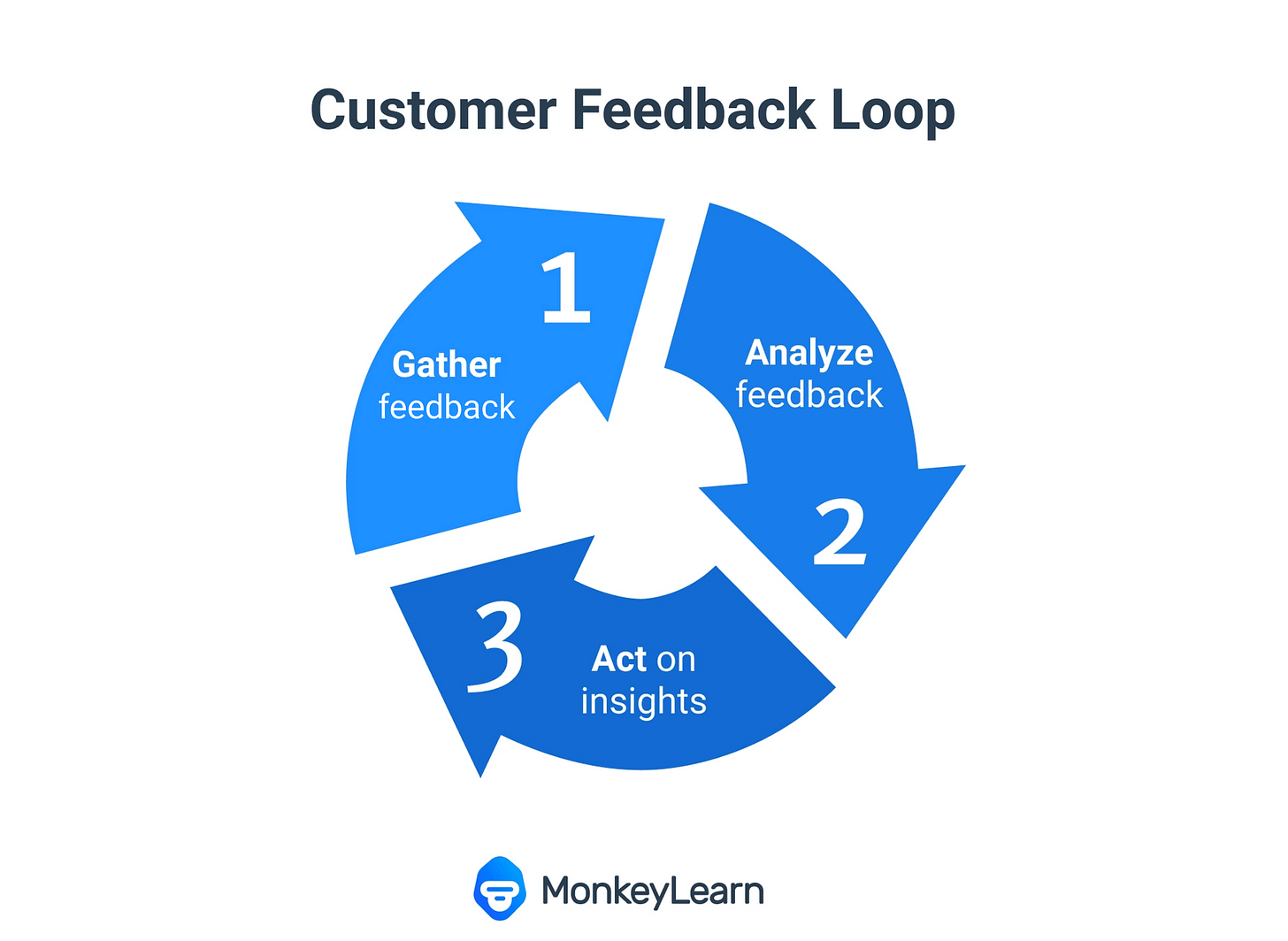
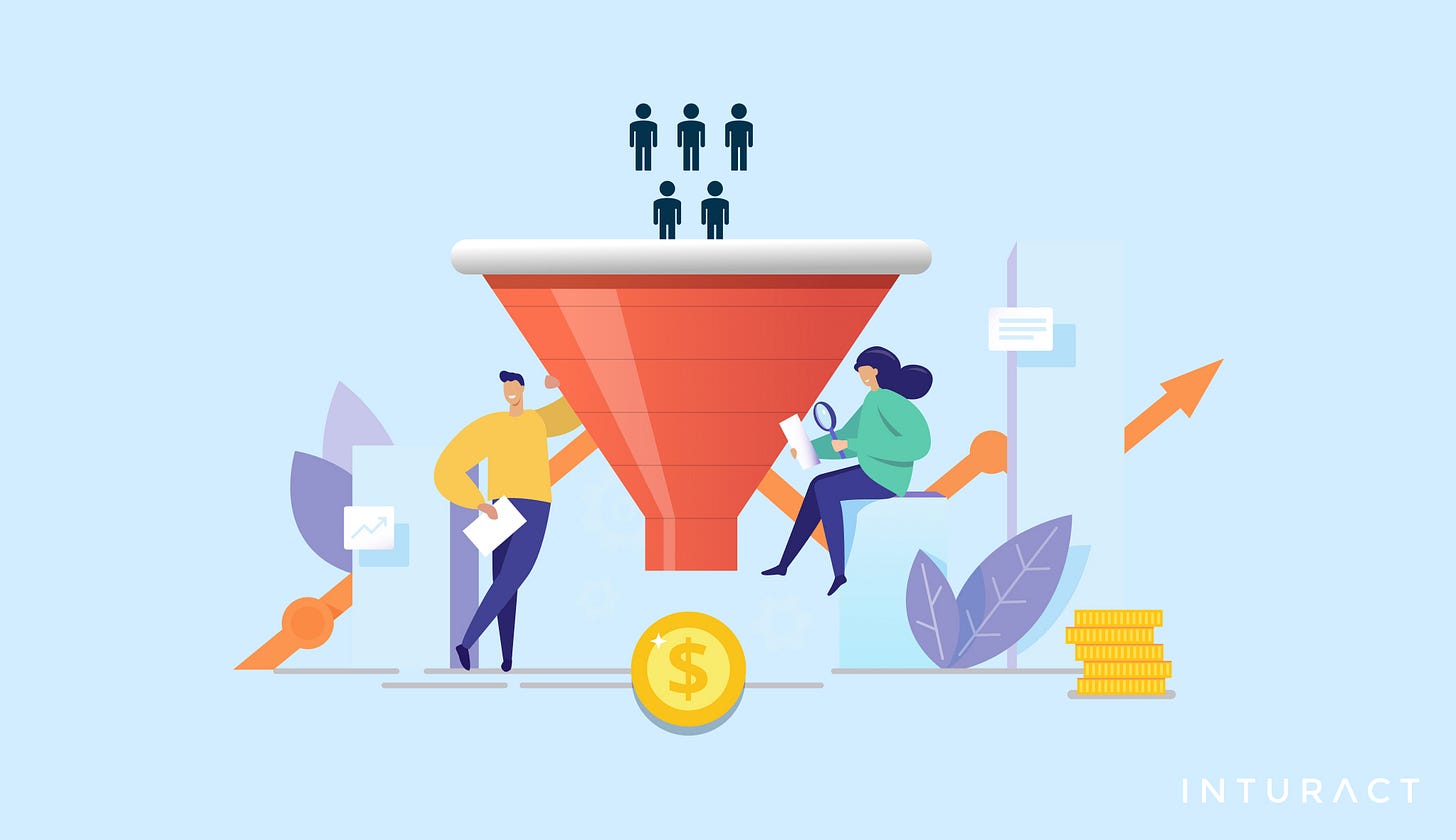
Exactly, growth isn’t magic, it’s math plus iteration.
Most founders chase scale before signal. One disciplined 30-day loop teaches more than six months of guessing. Speed of validated learning is the ultimate competitive advantage.
This 30-day framework is incredibly practical.
Focusing on learning velocity over chasing a single "big move" is what separates thriving startups from stalling ones.